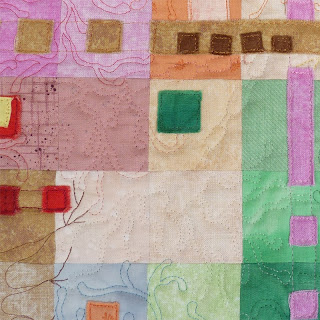In psychology the
concept of tabula rasa is that at birth the mind is a blank slate and that as
we go through life we collect a store of sensory images and write on this slate.
I propose that these sensory images, or memories, create a map of our lives that
in turn creates our self identity. When we lose our ability to access this map
we lose our sense of who we are, our sense of self.
In Alzheimer’s, the
pathways that allow us to connect to our memories become interrupted by
inflammatory reactions within the brain tissue. At first these interruptions
are intermittent, much like a short circuit in an electrical wire, and account for
the good days and bad days that Alzheimer sufferers experience. As the disease
progresses the connections become permanently damaged and access to the
knowledge and memories permanently lost.
Along with the loss of
memories there is a loss of self identity, the knowledge of who we are, who
others are, how we relate to the world around us. In the earlier stages of the
disease the sufferer is often aware of the gaps that are appearing in his
knowledge and awareness. This is often a time of confusion, fear, anxiety and
helplessness.
The word dissolution
is used here to describe the fading away and gradual disappearance of the
memories and therefore of the self awareness that makes us who we are.
The colored areas in
the quilt represent the parts of the self map that are still accessible. The
quilted but white areas represent where the memories are being lost but may
still be intermittently accessible, while the large blank areas are where they
are no longer accessible.
The image of the
elderly face is isolated from everything and gradually disintegrating,
disappearing as the sense of self dissolves. The image is dissolving and
becoming less solid in appearance. The eyes show the fear and confusion of the
earlier stages of the disease when there is still enough awareness to realize
what is happening.
The materials are hand
dyed cottons and cheesecloth and mono printed fabrics that have been fused,
painted, thread painted and quilted.






























